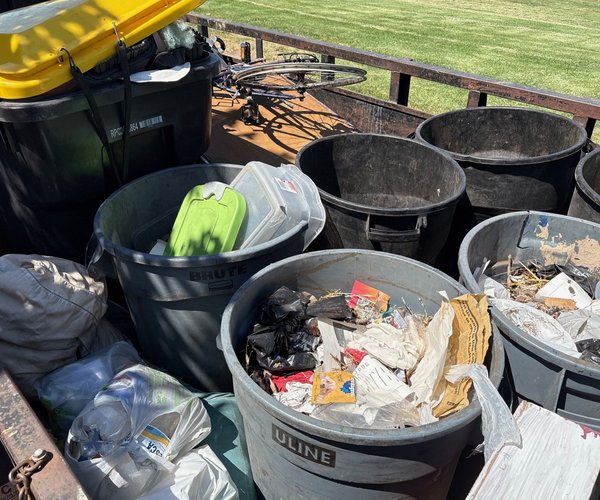Spring is just days old, the drought is well into its third year, drying gusty winds are whipping the north state, and temperatures are flirting with the mid-80s.
It is not a good combination for those managing water supplies or those prepping for yet another destructive wildfire season.
The National Weather Service is projecting Manteca/Stockton’s high to hit 83 degrees today, reach 87 degrees Wednesday and then slip down to the low-80s before returning to a stretch of more normal temperature high ranges of the mid-60s to mid-70s for late March.
Forecasters also say there is a chance the high will exceed 90 degrees in Redding and Chico over the next few days.
The warmer temperatures are expected to accelerate the snowpack evaporation rate to further reduce potential inflows into Sierra reservoirs.
Since early March a quarter of the state has slipped back into extreme drought including the Northern Sacramento Valley as well as the central and southern San Joaquin Valley. The U.S. Department of Agriculture indicates 35.22 percent of the state is now in extremely drought, which is one notch below the worst level which is exceptional drought.
While no part of California has re-entered exceptional drought territory yet when the extreme drought areas are combined with areas experiencing sever drought that includes San Joaquin and Stanislaus counties along with the Sierra watershed 95.3 percent of California is in at least severe drought conditions.
The last statewide survey showed the snowpack that provides California 40 percent of its water was at 61 percent of average for March 1.
The three weeks since then has seen a continuation of abnormally dry weather that saw January and February with a record low for precipitation since records started being kept in the 1850s.
The University of California Agricultural and Natural Resources Center reported 20 active wildfires were in progress throughout the state as on Monday with eight of those starting in the previous 24 hours. While all were well under 1,000 acres the number so early in the year underscores what California may be up against this year.
A record 4.2 million acres burned statewide in 2020 and another 2.6 million acres burned last year.
State fire officials expect this year could be just as bad thanks to a historically wet December that prompted new grass and brush growth that has quickly turned dry due to the record low January-February rain and snow followed by an abnormally dry March.
With just over a week to the end of the heaviest snow and rain season on April 1, the promise for adequate water supplies is dimming while the prospect for another severe wildfire season is increasing.
Unprecedented low March inflows into reservoirs so far this month prompted state water managers to set in motion emergency orders last week aimed at stretching what is in storage to meet urban and environmental needs.
To contact Dennis Wyatt, email dwyatt@mantecabulletin.com






